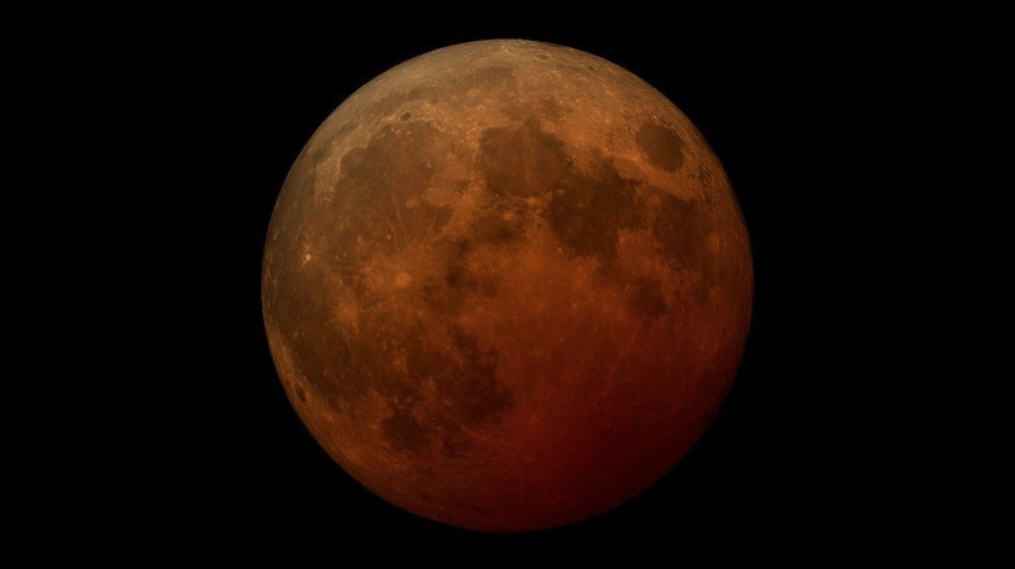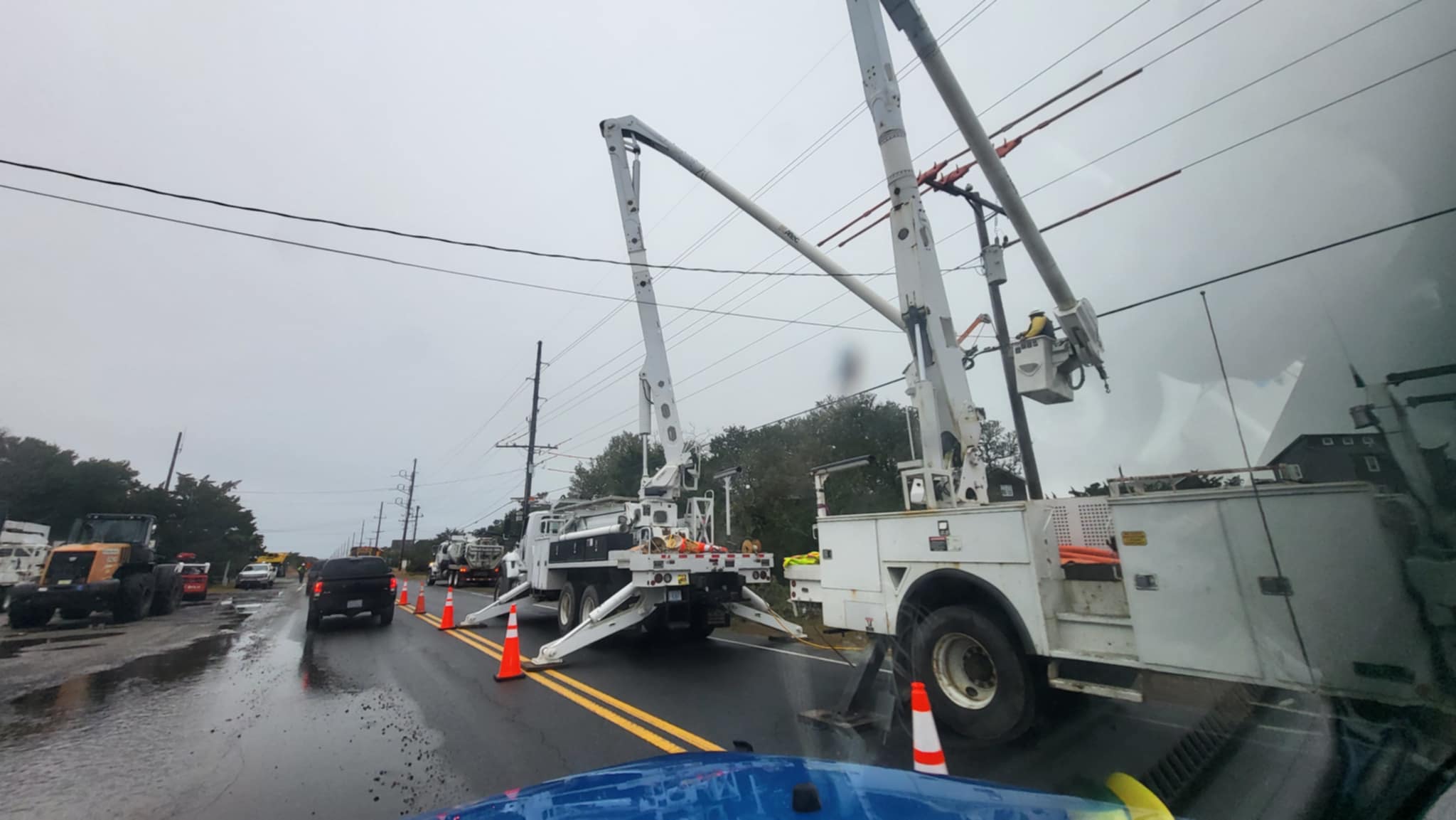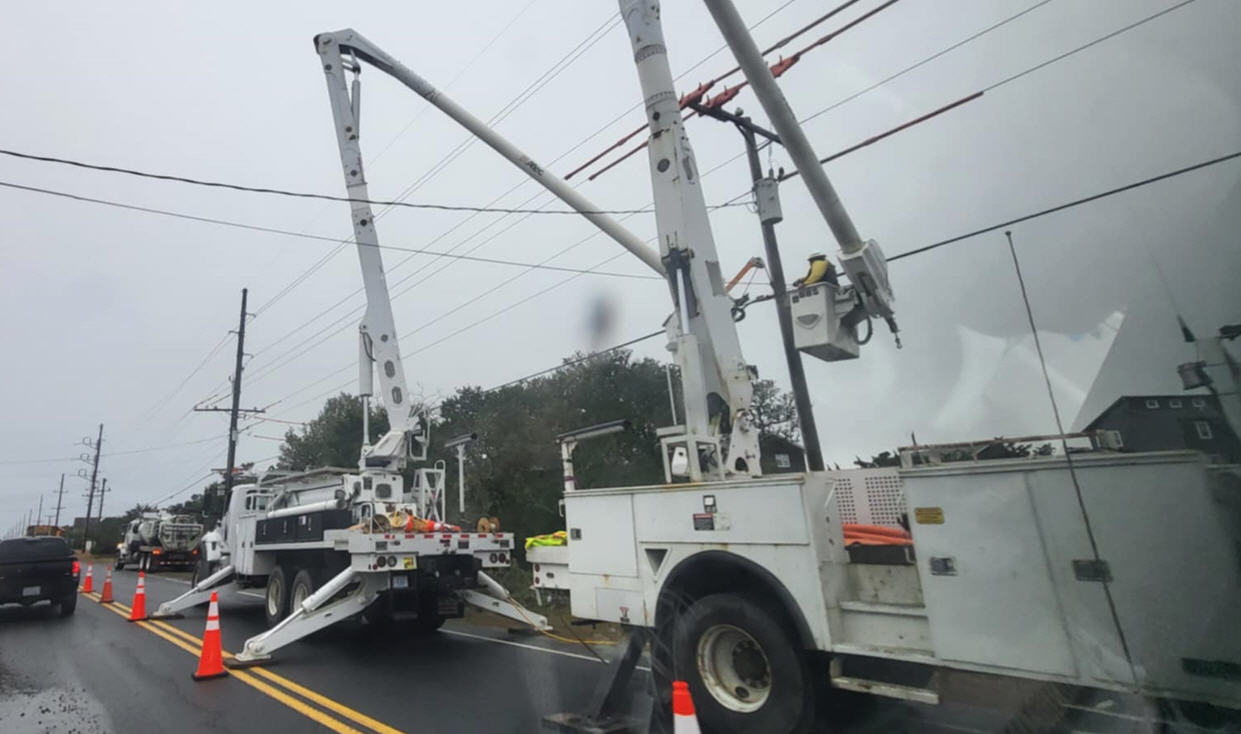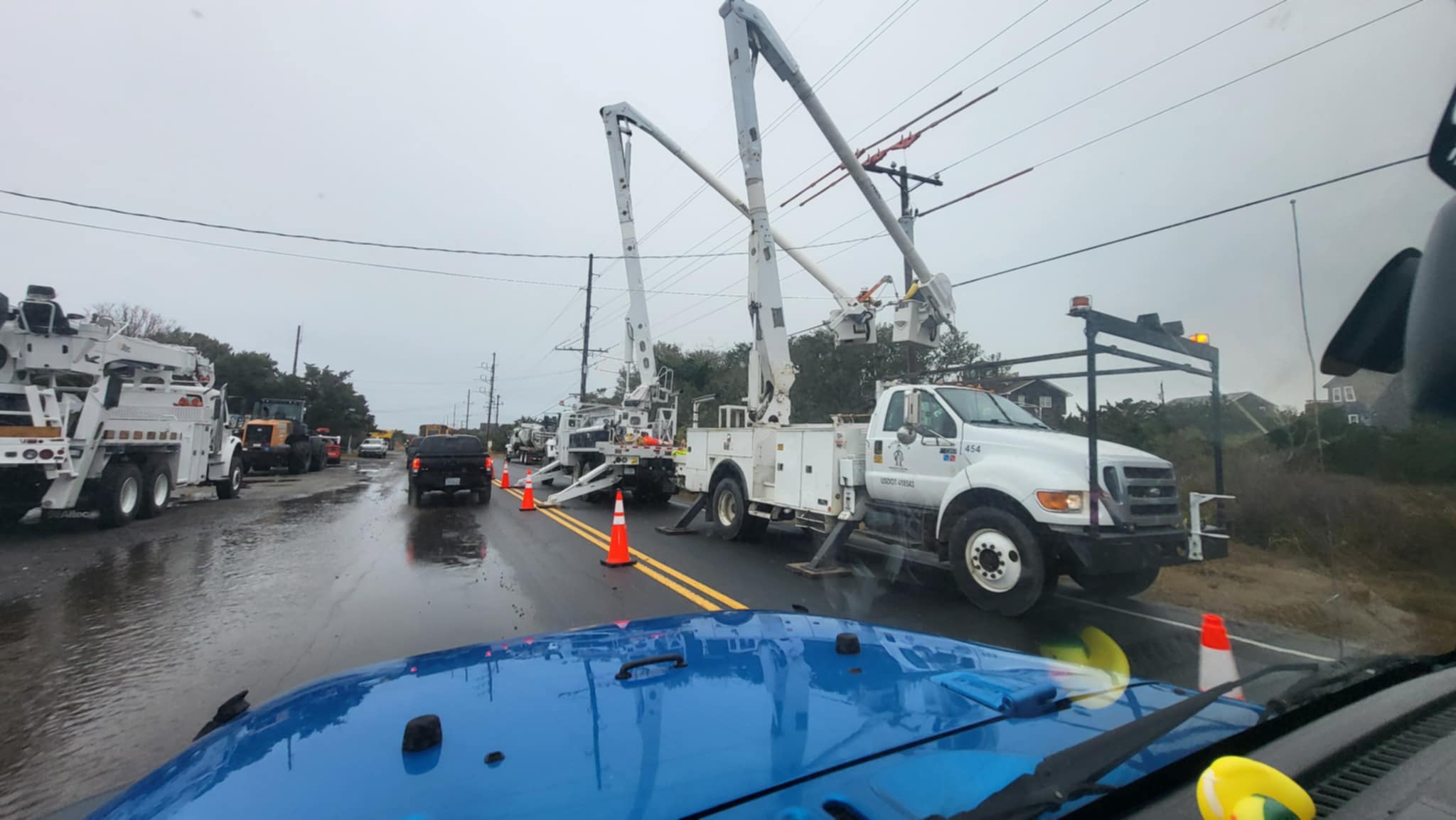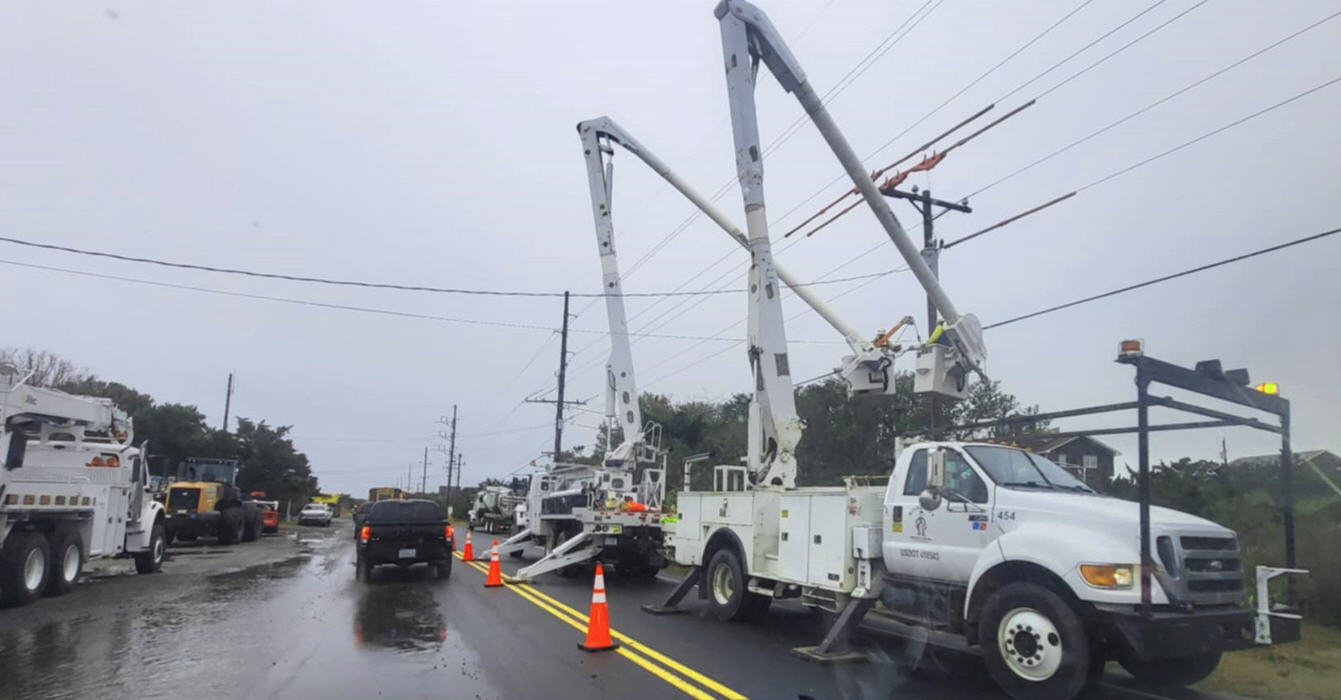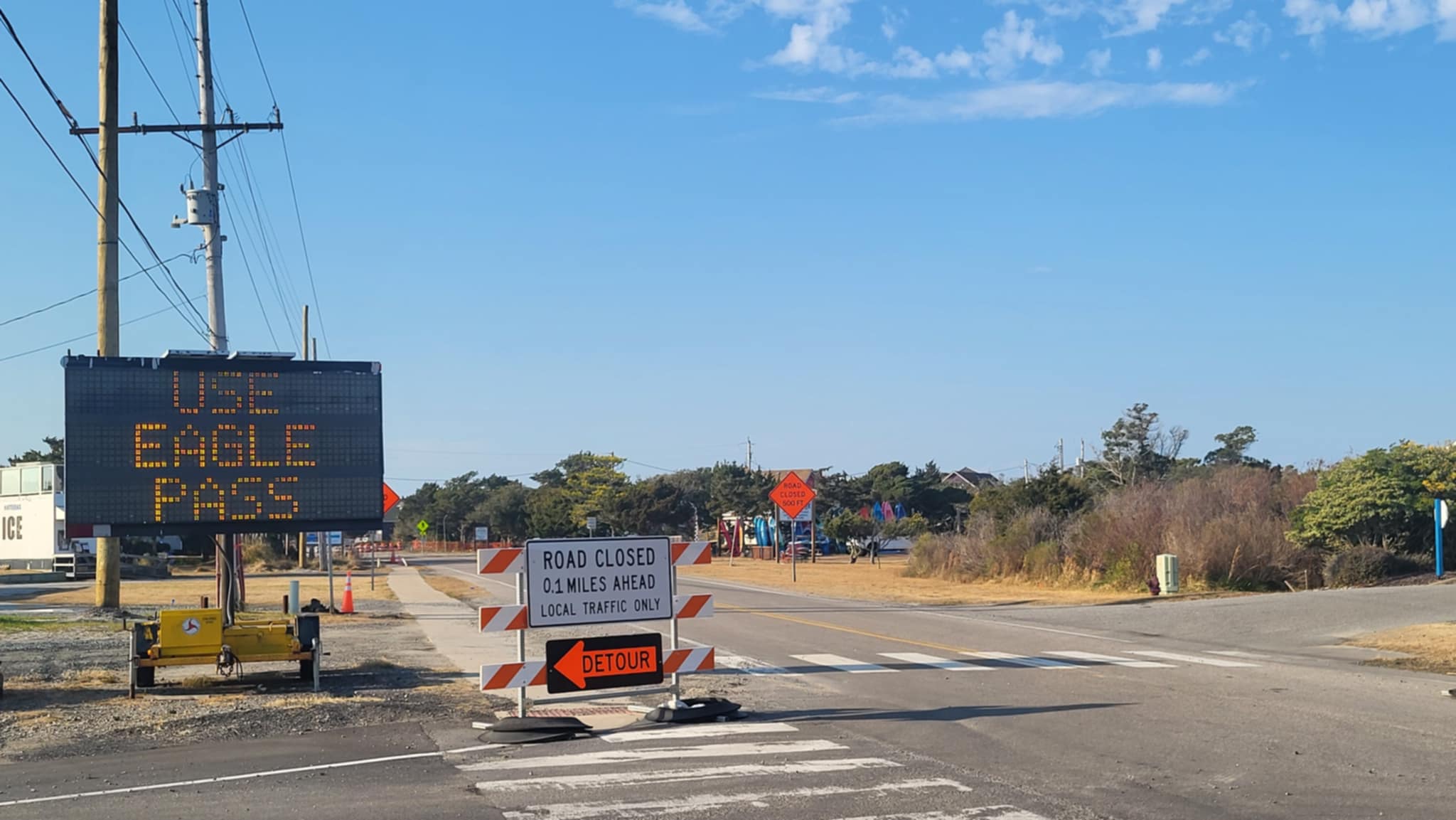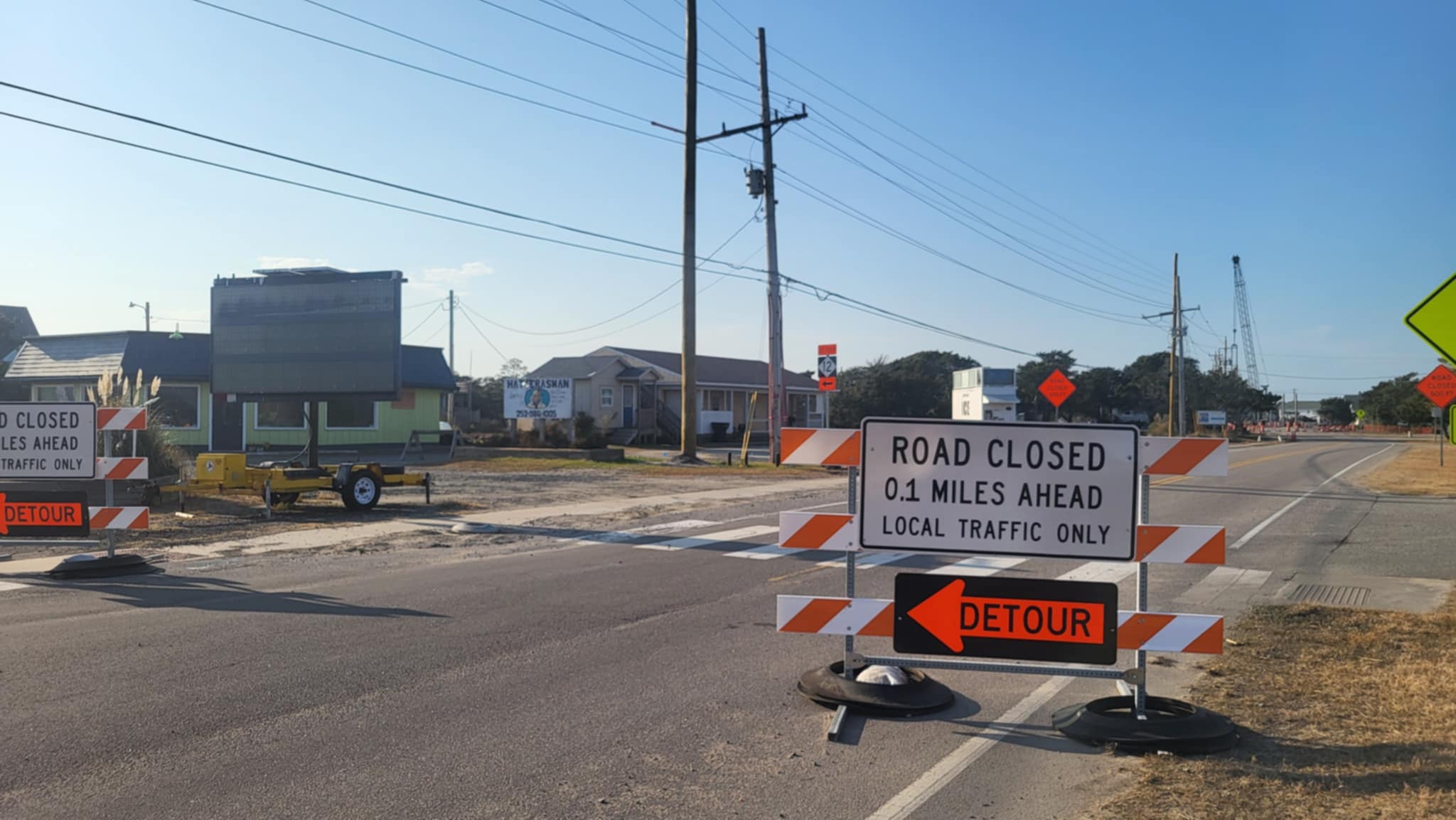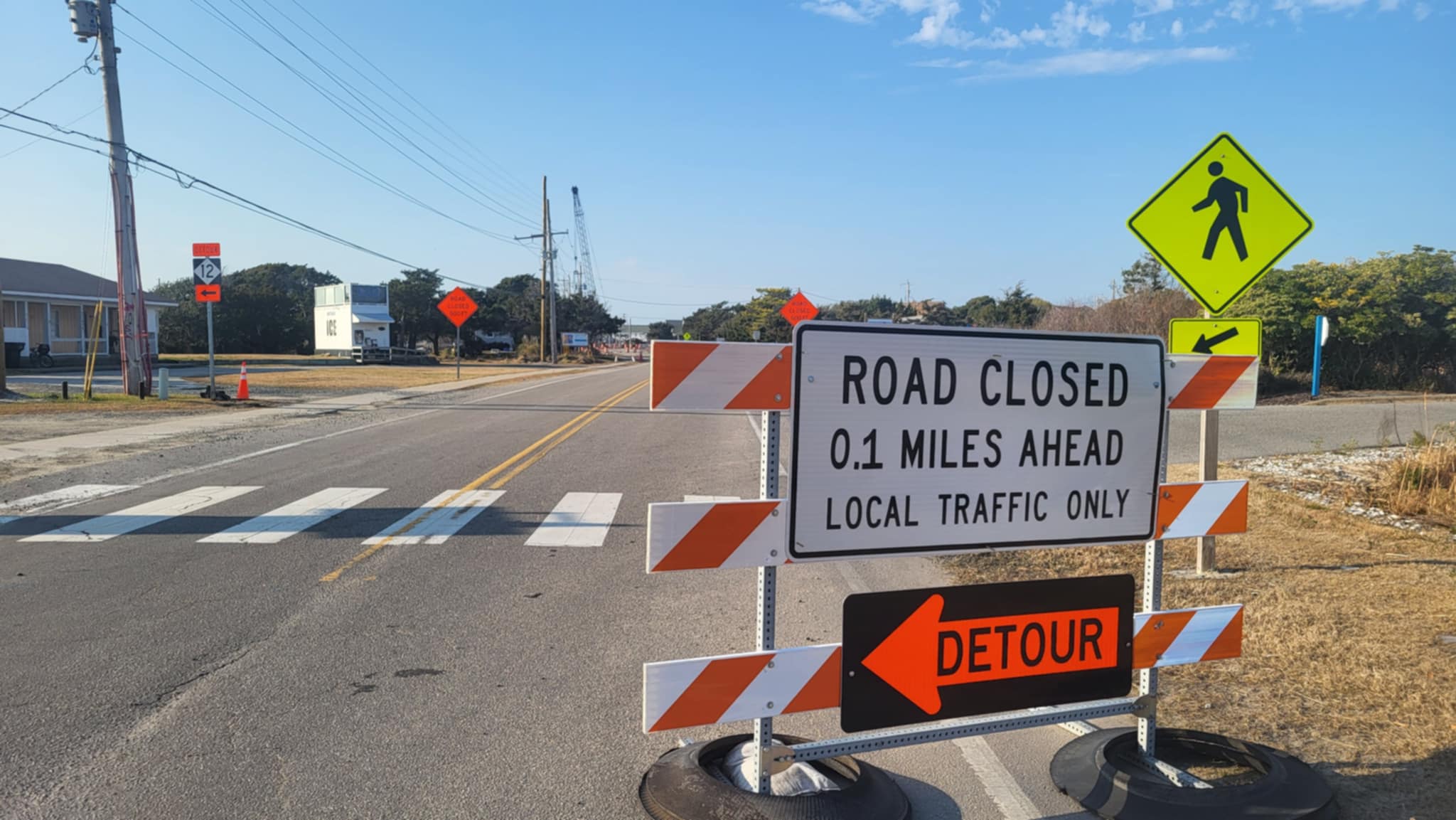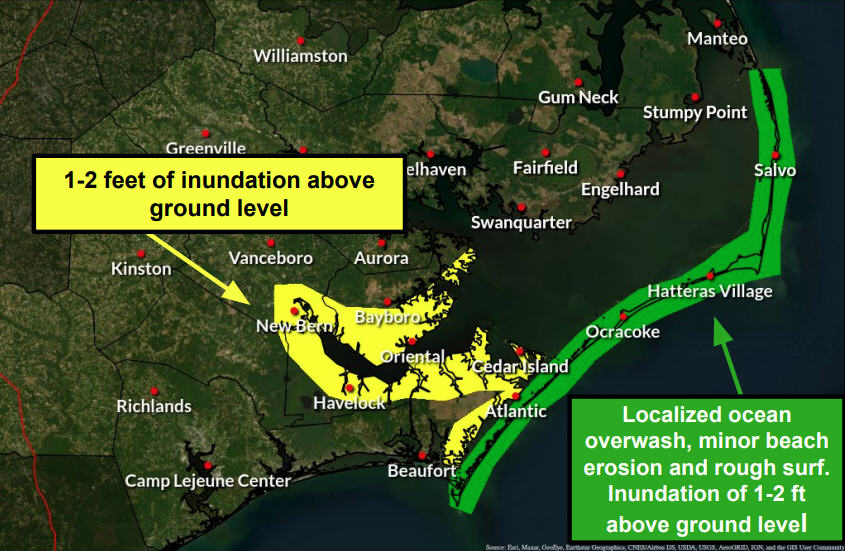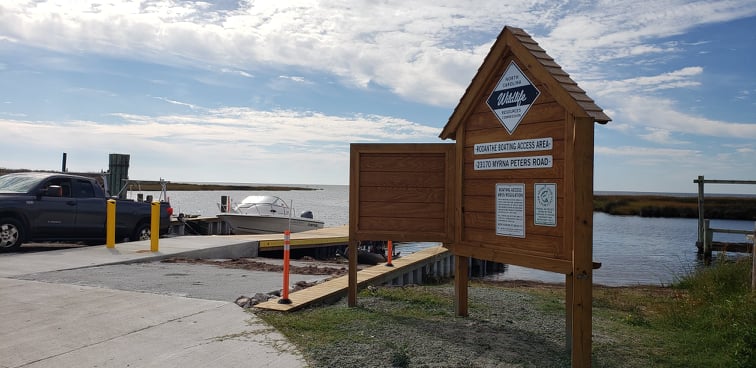Upcoming Buxton Beach Nourishment Project Outlined in Detail at Public Meeting
Roughly 70 attendees – which included National Park Service (NPS) personnel, property management company representatives, and Buxton business owners and homeowners – attended a public meeting on March 7 that outlined the upcoming Buxton Beach nourishment project.
The project, which is slated to begin around June 1, 2017, will target a 2.9 mile stretch of shoreline from approximately the Canadian Hole to the old site of the Cape Hatteras Lighthouse – an area that is regularly subjected to ocean over wash, and, subsequently, NC Highway 12 flooding.
“The area north of Buxton was identified as a hot spot by NCDOT a few years ago,” said Dare County Board of Commissioners (BOC) Chairman Bob Woodard at the start of the meeting. “Our board got an earful from our Hatteras Island citizens, and rightfully so… I don’t have to tell you folks what that disruption meant to Hatteras Island – health, safety… and most importantly, it affected the economy.”
The project began in 2013 / 2014 with a feasibility study and scoping meetings, and was fast tracked with the help of the BOC, NPS, and Coastal Science and Engineering (CSE) -a team of scientists and engineers who specialize in solving problems in the coastal zone, particularly beach restoration. “It was probably a record,” said Cape Hatteras National Seashore Superintendent David Hallac in regards to the speed of getting the Buxton beach nourishment endeavor off the ground.
During the meeting, presentations were given by Dr. Timothy W. Kana and Dr. Haiqing Liu Kaczkowski on the project itself, as well as the steps that led to the upcoming June 1, 2017 start date.
The max length of the nourishment project is 15,500 ft., and the staging area will be the decommissioned Old Coast Guard Base in Buxton. During the roughly 90-day process, 2.6 million cubic yards of sand will be deposited on the shoreline from a borrow pit that’s located 1.7 miles offshore – a site that was identified and specifically chosen for its sand quality, and consistency with the rest of the local shoreline. “We want you to look at the beach after it’s built, and not feel like you’re on an artificial beach,” said Dr. Kana.
As the project continues, sand will be deposited from the offshore dredge to the beach, and then shaped via a crew of dozers. The end result will be a shoreline that initially appears abnormally wide, but which will naturally change and adapt over time as storms blow through the area, and the sand migrates from the ocean to the dunes. After the 2011 beach nourishment project in Nags Head, a heaping amount of sand made its way from the shoreline to the dune buffer that separated the oceanfront homes from the beach.
“That’s a good problem to have,” said Dr. Kana. “The sooner we have a nice big nor’easter after the project, the sooner we’ll have that natural looking beach.”
Dr. Liu Kaczkowski outlined the construction equipment that would be present on the beach – which includes a shifting collection of pipes and dozers. The project will effectively begin in the center of the targeted area slated for nourishment, and will extend to the northern and southern ends from there. “Whenever possible, the contractor will leave a corridor for access [for the public], in areas where the beaches are wider,” she said.
The project will be conducted by Weeks Marine, one of the largest providers of dredging services in the United States, and East Coast Operations Manager Joe Mazzarella spoke at the public meeting as well to explain the process in more detail, as well as outline the history of the company.
Weeks Marine was the winning bid to perform the beach nourishment project out of four bids for 2017. The 2017 bid from Weeks Marine totaled $22.15 million as compared to the construction budget of $22.96 million.
The county had hoped that sand would be pumped on the beach in 2016, but only two companies bid on the work for last year, and both bids were over the budget by about $12 million – Weeks Marine came in at $34.1 million for 2016, and Dutra Group came in at $33.9 million.
“Last summer, we didn’t have any availability, which is why our [2016] bid was so high,” explained Mazzarella at the meeting.
The final presentation was by Dare County Public Information Officer Dorothy Hester and Dare County Media Specialist Sara Small, who outlined how the county would respond to questions and info for the general public on the progress of the projects slated throughout the summer. In addition to the Buxton beach nourishment, similar projects are scheduled to begin in the summer of 2017 in Duck, Kitty Hawk and Kill Devil Hills.
“There’s going to be a lot of people interested in this work, and we need to provide information,” said Hester.
In response, the county has created a campaign called “More Beach to Love” which will include 10,000 brochures for Hatteras Island businesses, and most importantly, a central website – www.morebeachtolove.com – which will provide continual updates on the status of the project. The site will feature interactive maps to see what properties are affected, printable brochures, a sign-up for email updates, and will serve as a comprehensive source for information on all projects.
After the series of presentations, the floor was open to the public for questions, and meeting participants both thanked the parties involved and inquired about project specifics.
The Dawsons, owners of the Cape Hatteras Motel, noted that they were already receiving questions on the project and asked if there was a sense of how many days the work would be conducted in a certain area. Dr. Kana noted that the crew completes about 250 feet of beach a day, with a total work area of about 1,000 feet. As a result, people in front of the target area can expect roughly 5-6 days of activity. “I would say that everyone is impacted, directly, for a week,” he said.
Resident Mike McDaniel asked about how loud and disruptive the project would be. “Most people are probably [most] annoyed by the back-up beepers of the dozers, to be honest,” responded Dr. Kana. “It’s dozers and beepers going off at night [that generates comments].”
Several residents and property owners asked about sand dunes – and specifically if they would be physically created, and how to make sure they were established (through vegetation, etc.) While no physical dunes will be created, Dr. Kana noted that “Sand fencing is the best bet to get dunes growing… and we will give the county guidance on sand fencing.”
Though not included in the project budget right now, County Commissioner Woodard added that covering the cost of the sand fencing was something that the county would look into, noting that the tens of thousands of dollars required for sand fencing, as compared to the $22 million dollar project budget, was a relatively minor expense. “It’s certainly within the realm of possibility – we did it in Nags Head,” he said.
The meeting was recorded in its entirety and will be available soon for the public at http://www.darenc.com/departments/public-relations/beach-nourishment.
Updates on the Buxton beach nourishment project will be continually provided on the website www.morebeachtolove.com in the weeks and days leading up to the approximate June 1 starting date.






